25 James Bond Movie Secrets
You’ve read the mission briefing and dropped by Q branch, so it’s time to slip into a silver birch Aston Martin DB5 and celebrate the Bond franchise with 25 Secrets from 25 top 007 films.
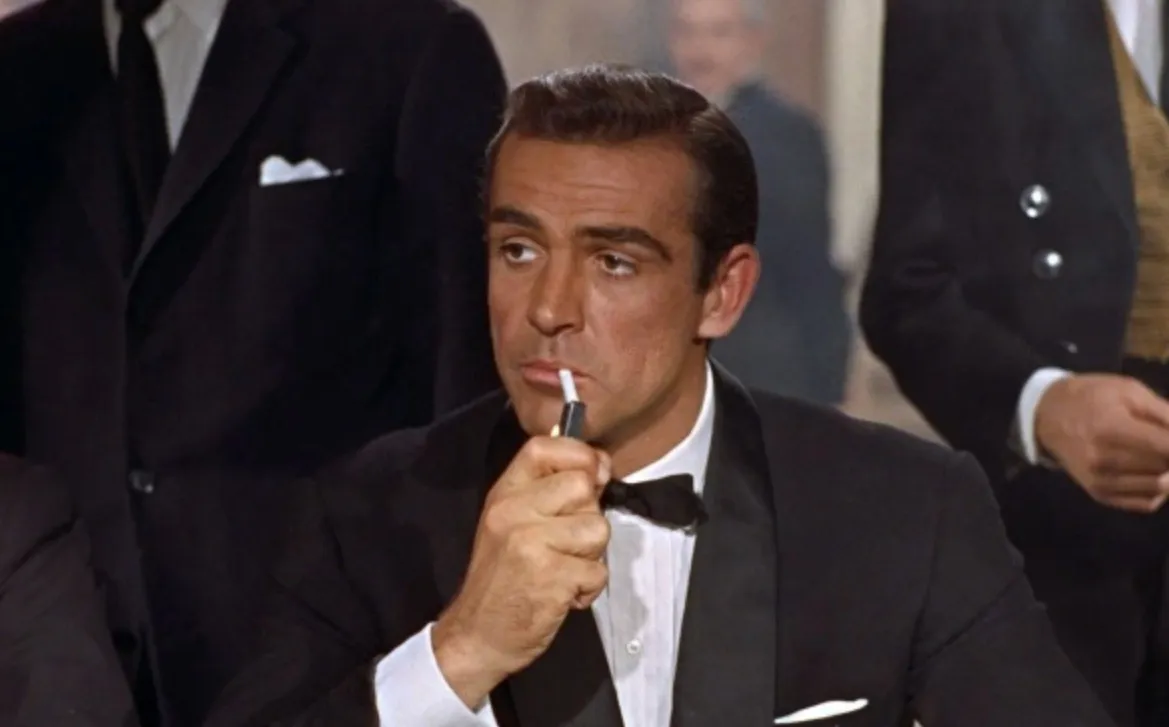
Dr. No (1962)
He had us at ‘Bond, James Bond’ in Dr. No. The 1962 film was bolstered by the charisma of its lead, Sean Connery. The young man from Edinburgh wasn’t the first choice for Bond producers Harry Saltzman and ‘Cubby’ Broccoli, however. They had Cary Grant in mind but Grant refused to be tied up for more than one film. Fleming didn’t initially take to Connery, telling producers: “I’m looking for Commander Bond, not an overgrown stunt man.” Nevertheless, Connery wooed them with his charm and raw masculinity. After Connery’s stint in the Navy and body-building competitions, he was strong and agile. “He moved,” Saltzman said, “like a jungle cat.”
From Russia with Love (1963)
America wasn’t overly interested in the Bond films until President John F. Kennedy listed From Russia with Love as one of his 10 favorite books in a 1961 interview with Life. JFK had met Fleming at a dinner party in 1960 and reportedly asked Fleming how to oust Fidel Castro. Fleming suggested a bizarre plot in which Castro should be told his beard attracted radiation, which would cause him to shave it off, thereby losing his potency.
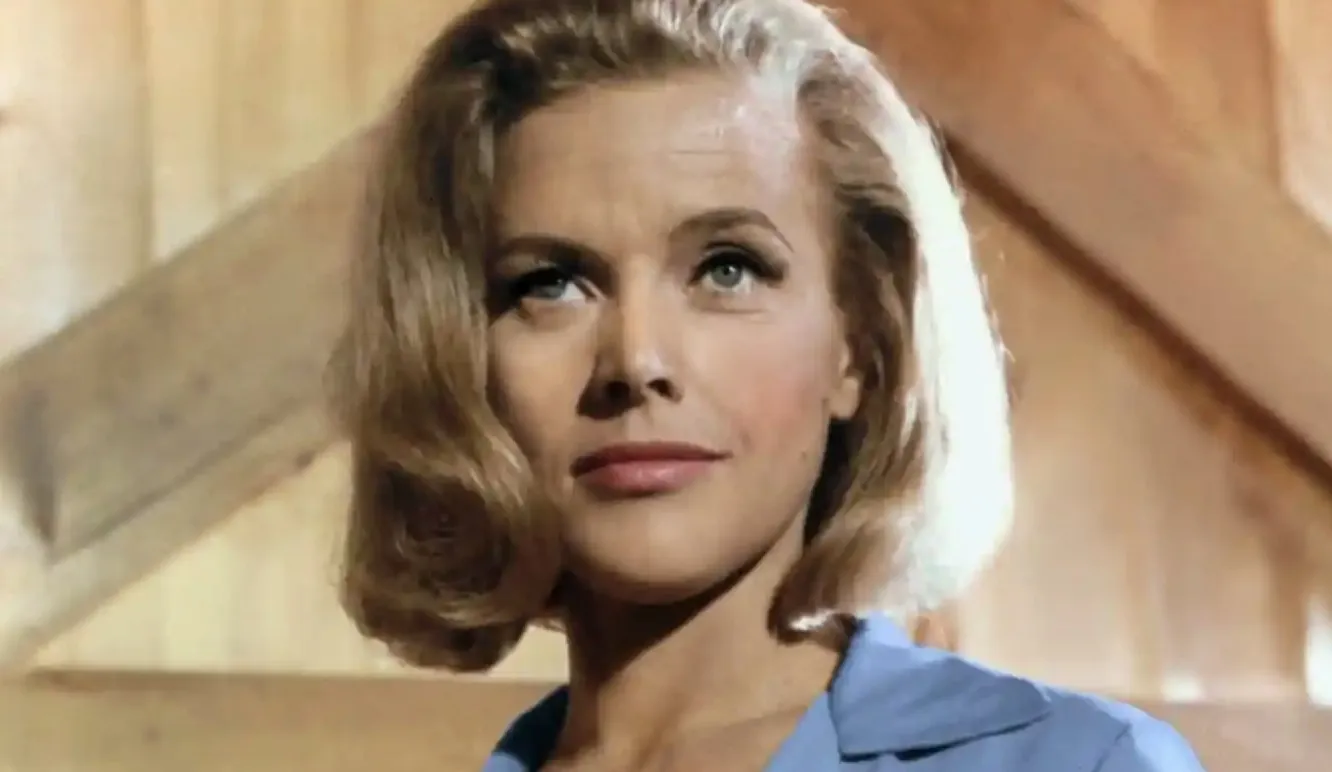
Goldfinger (1964)
Goldfinger was the first Bond film to feature 007’s Aston Martin DB5 and a laser beam. Americans weren’t too sure about the name ‘Pussy Galore’, however, a character played by Honor Blackman. The American movie censor changed it, citing indecency, so she was called Miss Galore or ‘Goldfinger's personal pilot’ in publicity material. Blackman delighted in embarrassing interviewers by repeatedly mentioning her character's full name. Afterward, Blackman released an album, Everything I've Got, and recorded a duet of Kinky Boots with her Avengers co-star Patrick Macnee, which reached the Top 10.
"The brand new social experience where you activate your gaming skills as you train like a spy."
- TimeOut
Take on thrilling, high-energy espionage challenges across different game zones.

Thunderball (1964)
Sean Connery found himself in a real pool of sharks for his iconic Thunderball scene, with only a one-meter screen of perspex to shield him from the flesh-eating fish. The team hadn’t worked out that sharks can swim up to and jump over perspex, which led to some of the best reaction shots in the movie, particularly as Sean Connery discovered the sharks were closer than anyone anticipated. That’s genuine fear you see in his eyes.
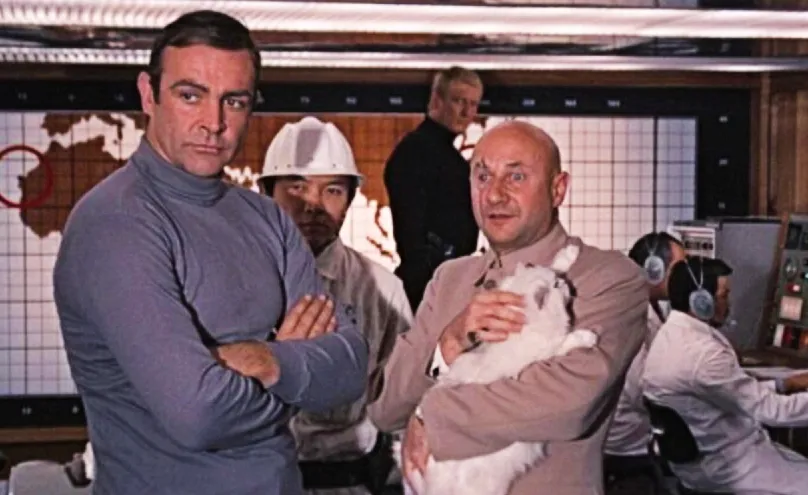
You Only Live Twice (1967)
Children’s author Roald Dahl - creator of beloved children’s stories like The Twits - was the screenwriter on You Only Live Twice. Dahl had a background as a WWII spy and fighter pilot but not much experience writing film scripts. Salzman and Broccoli turned to him when their usual writer wasn’t available but Vulture describes Dahl's movie as “racist, sexist, and narratively insane. Roger Ebert dubbed it ‘weak on plotting” but fans loved the exotic locations, stunts, and trickery.
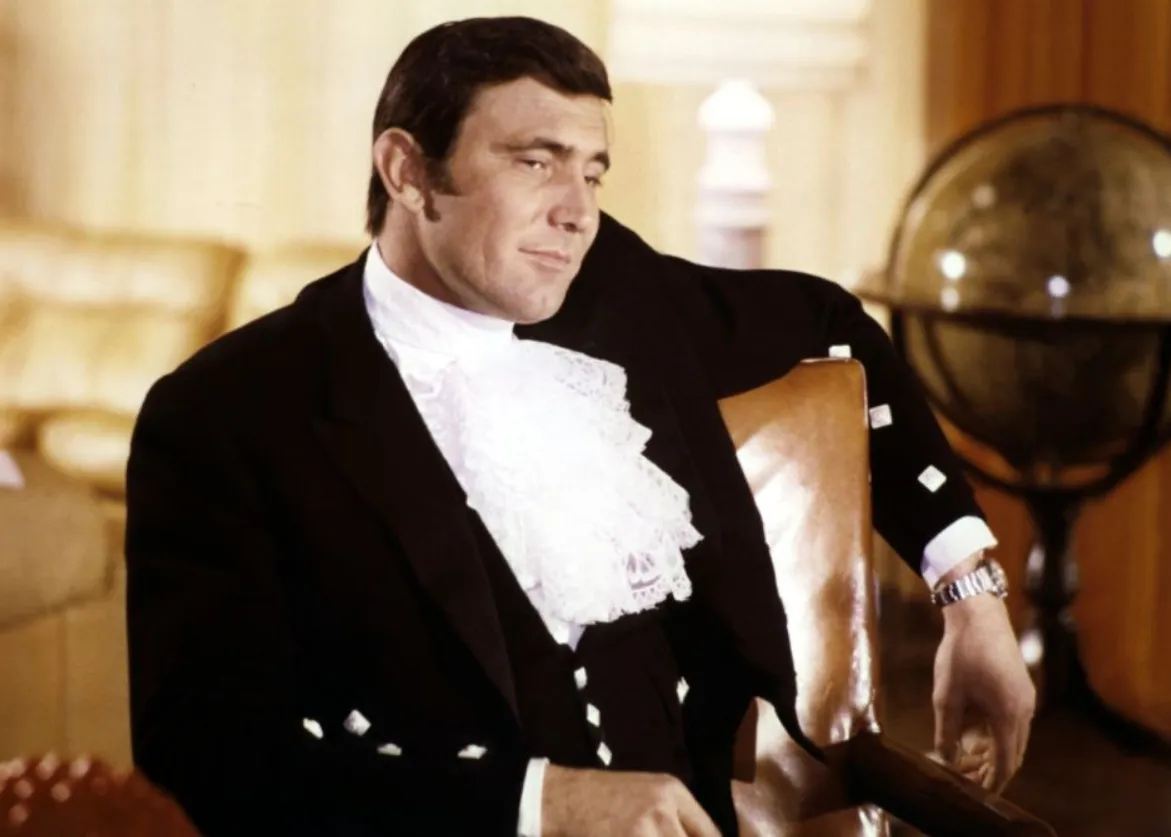
On Her Majesty’s Secret Service (1969)
George Lazenby’s only turn as Bond was memorable if brief. Lazenby channeled his full diva self at times, reportedly sending away the car the studio sent for him in the mornings if he didn't like the color. The former model and Fry’s Chocolate advert star faked his CV to pass the auditions and landed a stray punch to a stunt coordinator to convince producers he had the physical heft to take on the role. The Bond machine was already five movies in and the creative team delivered, leading to modern-day filmmakers hailing it as a classic. Christopher Nolan even paid homage to OHMSS with the snowy third act of his 2010 film Inception.
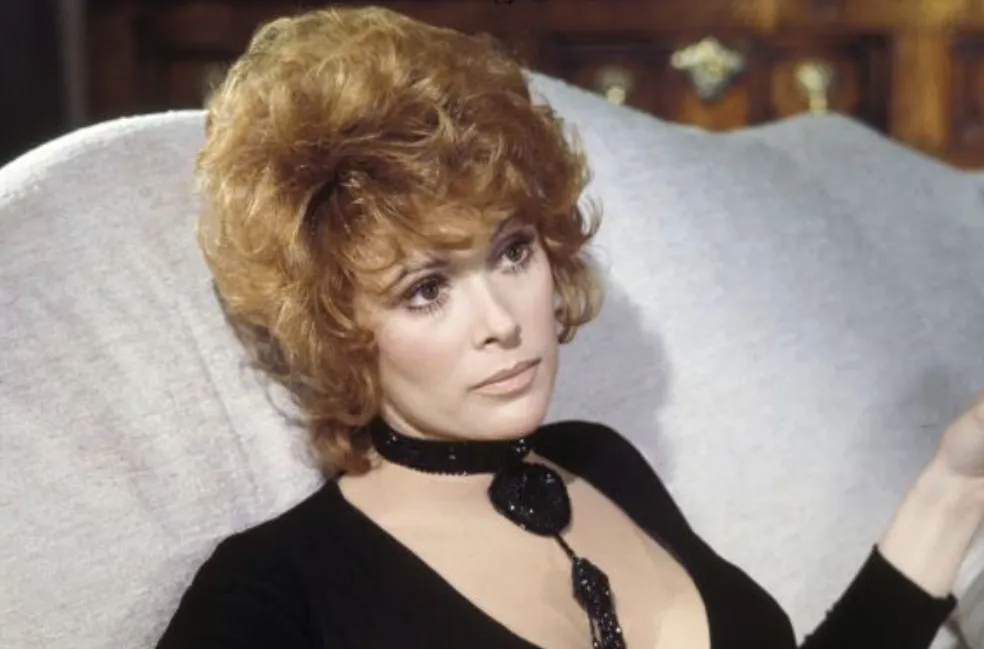
Diamonds are Forever (1971)
Diamonds are Forever was Connery’s comeback in many ways. United Artists bosses were determined to win him back after Lazenby’s departure, going directly to Connery with a then-unheard-of $1.2m contract and reversing an agreement made with American actor John Gavin - a real-life US spy - who was initially signed to fill Bond’s shoes.
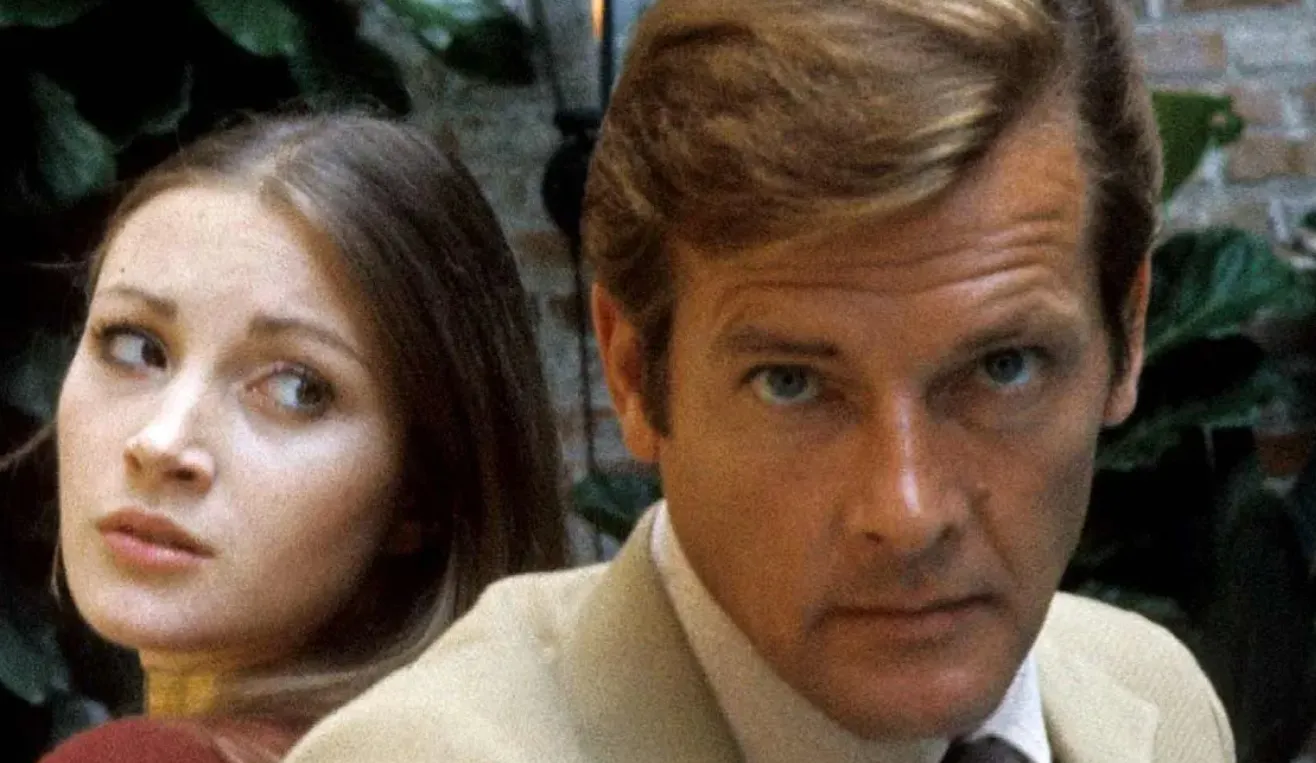
Live and Let Die (1973)
Live and Let Die was the first Bond film to star Roger Moore, who Salzman and Broccoli had their eye on for a while. In Bond on Bond, Moore’s witty biography, he writes about his ‘alternate CV’, the many different paths that weren’t taken. “At any step of the way, things could have turned out so very differently… though what would be the odds of a policeman’s son from south London playing the world’s most famous spy in a series of multi-million dollar movies? I wish I’d had a pound on it!”
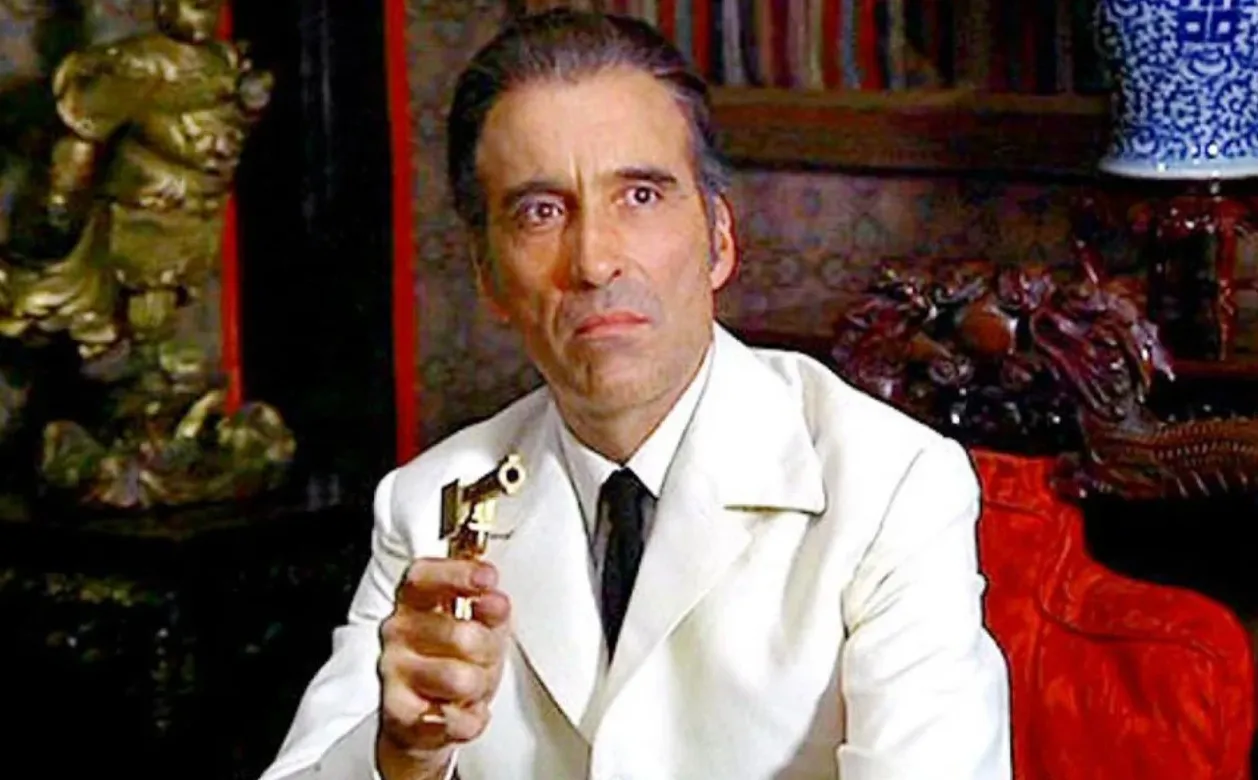
The Man With the Golden Gun (1974)
Moore’s second outing as Bond famously features that car stunt in which an AMC Hornet X corkscrews across a broken bridge to land safely on the opposite side. The stunt is particularly notable because it was real, with no CGI, and also because it was the first to use extensive computer modeling. Ray McHenry was in charge of stunt modeling and his team went on to earn a Guinness World Record for the first ‘astro spiral’ stunt on film - something that would have surely made Q proud.
The Spy Who Loved Me (1977)
Production diaries from The Spy Who Loved Me note that anxious insurers were worried about Desmond Llewelyn, who played Q, getting near the film’s iconic white Lotus Esprit. They wanted proof he would be capable of driving the high-end sports car. One typewritten document from the EON staff archive states: “Desmond has never driven a Lotus before. Only fast cars were pre-war Bentleys” and “has been pinched for minor speed offenses over the past four years.” Ultimately, the scene went ahead as Llewellyn had owned a valid license for 45 years. The star died in a car accident, however, in 1999.
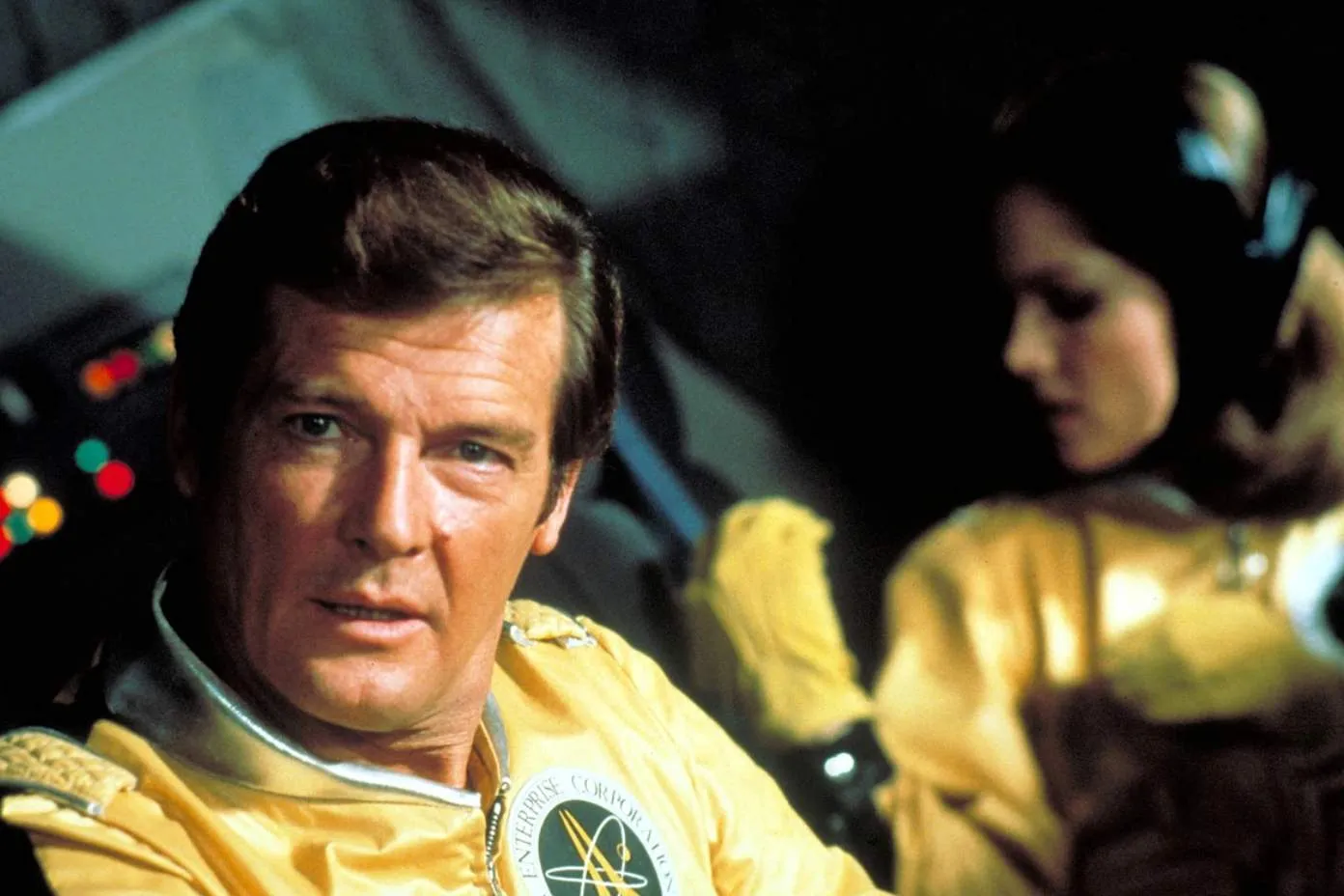
Moonraker (1979)
Wanting to capitalize on the success of Star Wars, Salzman and Broccoli had Bond blast off. What many don’t know is that Fleming adapted Moonraker from an unproduced Bond screenplay idea he’d had decades earlier and was already developing a film version of Moonraker. Fleming’s original script was discovered in 2022 in a London bookshop. Written in 1956, there was no Moneypenny, no gadgets from the Q Branch, and Bond’s boss wasn’t yet codenamed ‘M’.
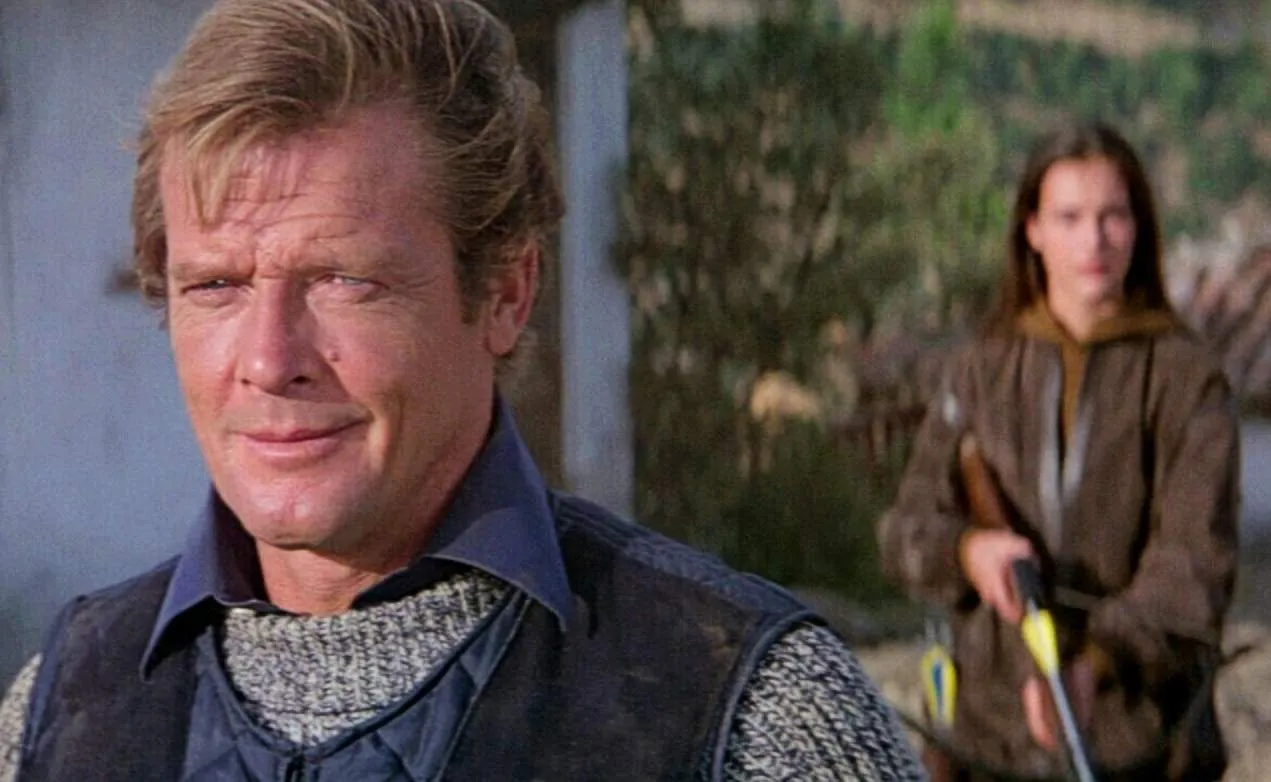
For Your Eyes Only (1981)
After the space-faring Bond, the plot of For Your Eyes Only goes back to Bond’s darker roots. Timothy Dalton was actually on the list to play Bond if Roger Moore left after Moonraker when his contract expired. Dalton had been courted previously for On Her Majesty's Secret Service, but turned it down as he felt he was too young to play James Bond.
Octopussy (1983)
Miss Moneypenny might now seem irreplaceable as a character but in 1963, producers thought she might need to be elbowed aside by a younger alternative. Penelope Smallbone (Michaela Clavell) was introduced as Maxwell's Moneypenny’s assistant, with the idea that the younger Smallbone would gradually edge out Moneypenny in later films. However, Moore just didn’t have a rapport with the new girl and that was the last of Smallbone.
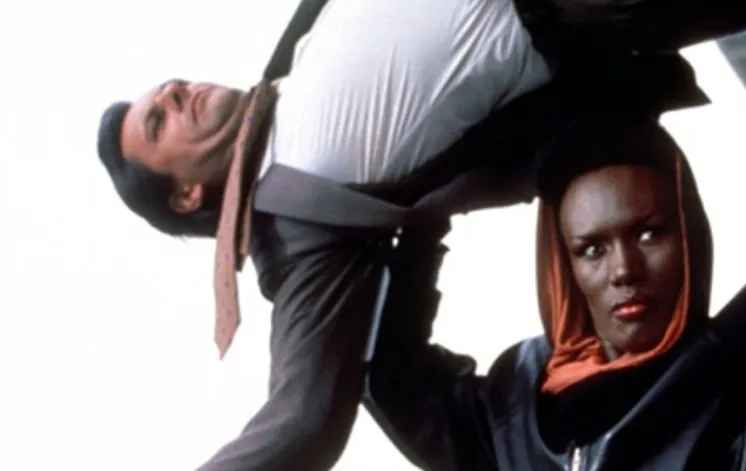
A View to a Kill (1985)
Moore’s last Bond was also his least favorite. He disliked the high level of violence, preferring the old-school camped-up Bond of earlier years. In My Word is My Bond, Moore explains that his distaste for guns came from when he was shot in the leg with a BB gun as a teenager.
The Living Daylights (1987)
Dalton was variously offered the lead role in On Her Majesty’s Secret Service, Live And Let Die, and For Your Eyes Only but he was reticent, feeling that he was either too young, didn’t want to follow in Sean Connery’s footsteps, or simply didn’t like the “techno-cool” aspect of Moore’s movies. Broccoli also had him in mind and after a near-miss in casting Brosnan. He finally got Dalton to sign up for the 15th installment of the spy franchise, a more ‘back to basics’ Bond.
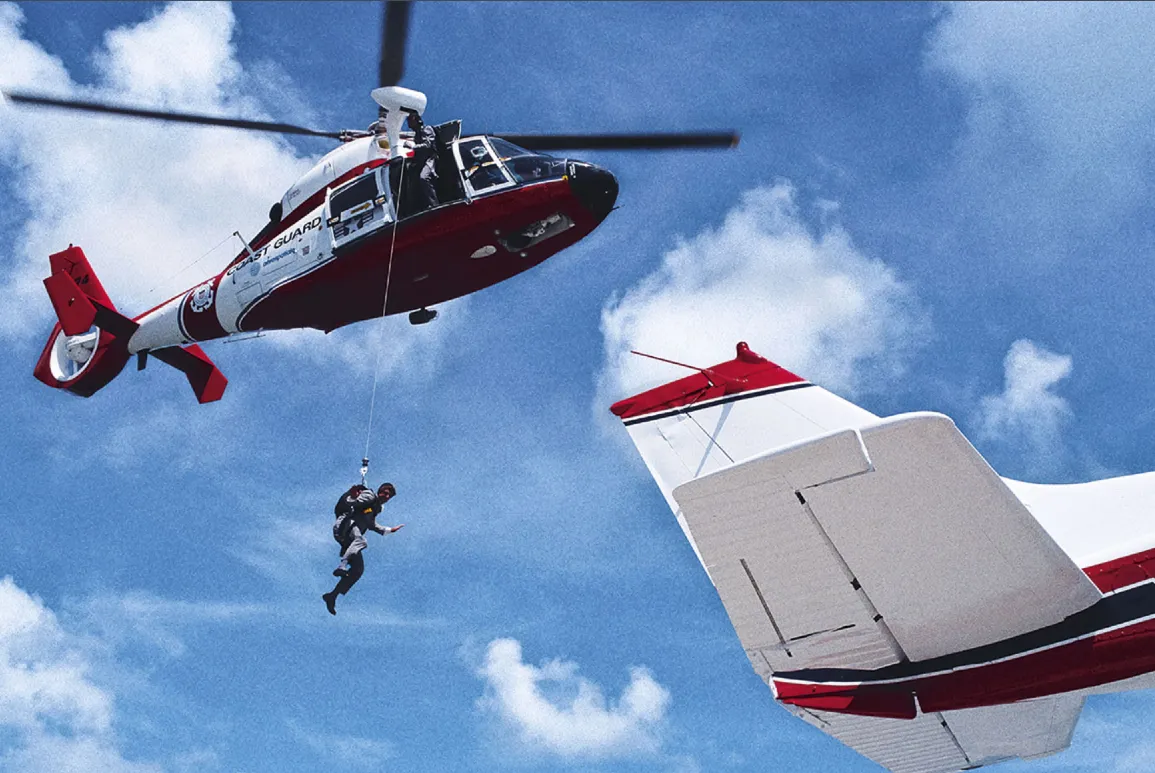
License to Kill (1989)
As Broccoli’s health deteriorated, his daughter Barbara began to step up, earning her producing stripes on License To Kill and a credit as associate producer. According to Bond writer and film producer Sally Hibbin, the young Broccoli was very reserved. “In those days Barbara was very shy and she really didn’t want to be interviewed,” she told mi6-hq.com. Today, Barbara Broccoli is in many ways the face of the franchise, regularly discussing casting decisions and the ‘big secret’ in No Time to Die.
GoldenEye (1995)
The name of the 17th Bond film, GoldenEye, came from the Jamaican estate where Ian Fleming wrote 14 of his novels. The movie was a smash hit at the box office, grossing almost $360m worldwide and cementing Pierce Brosnan as the new James Bond for the ‘90s. He would stay in that role for an additional three movies and become the deadliest Bond so far, ending 47 lives.
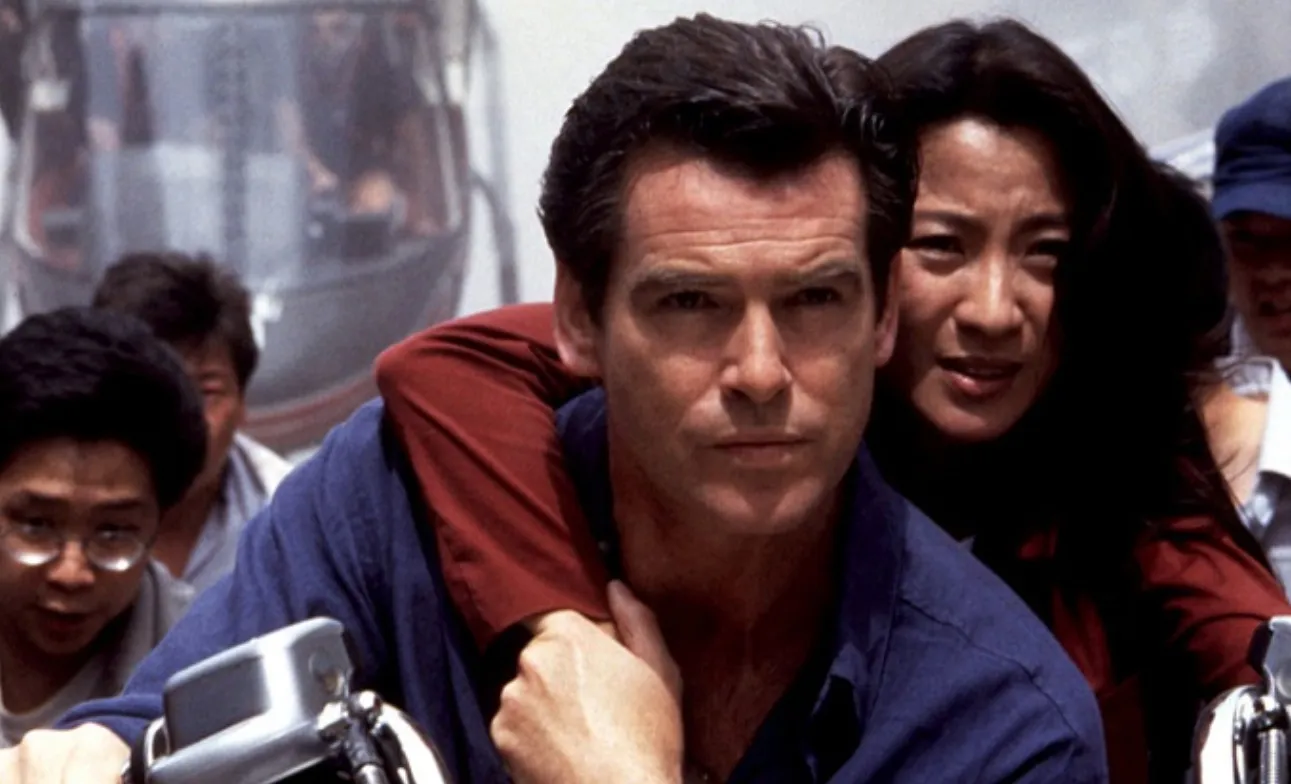
Tomorrow Never Dies (1997)
Tomorrow Never Dies was an action-packed spy thriller - more than 15 BMW 750s were destroyed during filming - but it was the only one of Pierce Brosnan's Bond films not to open as number one at the box office. That honor went to Titanic, which debuted the same week and pushed Bond into the number two slot.

The World is Not Enough (1999)
Insurers estimate The World is Not Enough raked up the highest damages bill of any Bond movie - $1.25 bn thanks to the underwater destruction of a Russian nuclear submarine. The film title comes from On Her Majesty's Secret Service, in which Bond has a crest made for him so he can infiltrate Blofeld's hideout. The crest bore the Latin words orbis non sufficit - the world is not enough.

Die Another Day (2002)
Brosnan went off to promote Die Another Day with co-star Halle Berry confident that he’d be back for a fifth - and likely his last - Bond movie. “I went on the road a happy man,” Brosnan reportedly said. “I thought we’d get a fifth and no more…And then one day the phone rang - I was here in the Bahamas - and my agents told me that the goalposts had moved and that they had changed their minds.” In early 2004, Brosnan found out in a phone conference that his services were no longer required.

Casino Royale (2006)
Daniel Craig was the first Bond younger than the series itself when he joined the cast of Casino Royale. He became 007 at 38, about the same age Bond was when the commander gets his 00 status in the novels. Despite his later love-hate relationship with the role, Craig was delighted after he endured 18 months of auditions to win the part. He said at the time: "I'm speechless at the moment" and added that he was confident he would play Bond: "I had confidence about it... I felt good about it,” he told the Guardian.

Quantum of Solace (2008)
By the time Daniel Craig made Quantum of Solace the cracks were beginning to show. He told Indiewire that it was a “sh*tshow” to make, adding: “I would sort of yearn [for] the person I was when I did Casino. Too much knowledge sometimes is not a good thing. I was sort of in the dark about a lot of things, about how things worked, the mechanics of it, how the world really viewed Bond - all of those things. I just didn’t understand them.”
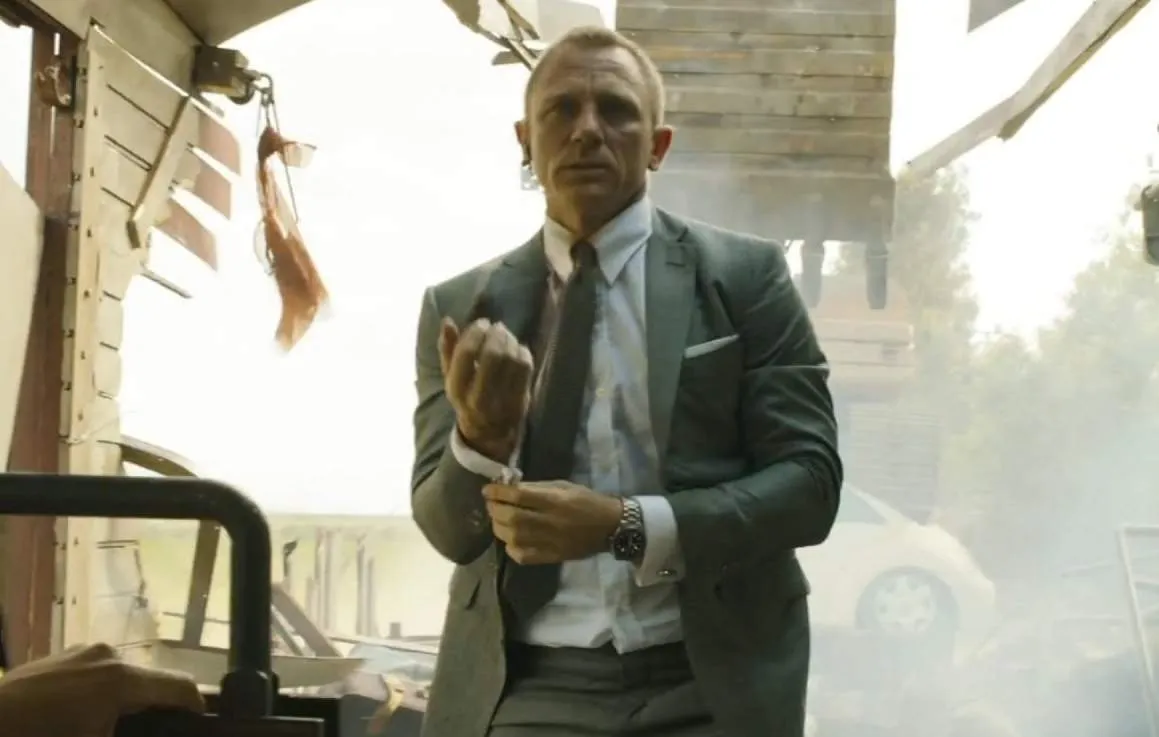
Skyfall (2012)
After the wild box office success of two Daniel Craig-fronted Bonds, producers felt comfortable investing heavily in Skyfall. For the opening scene, Craig was given 85 versions of Bond’s Tom Ford suit. Skyfall’s cast went through 200,000 rounds of ammunition. No expense was spared. It paid off. Skyfall took more than $1.1 bn in global box office sales.
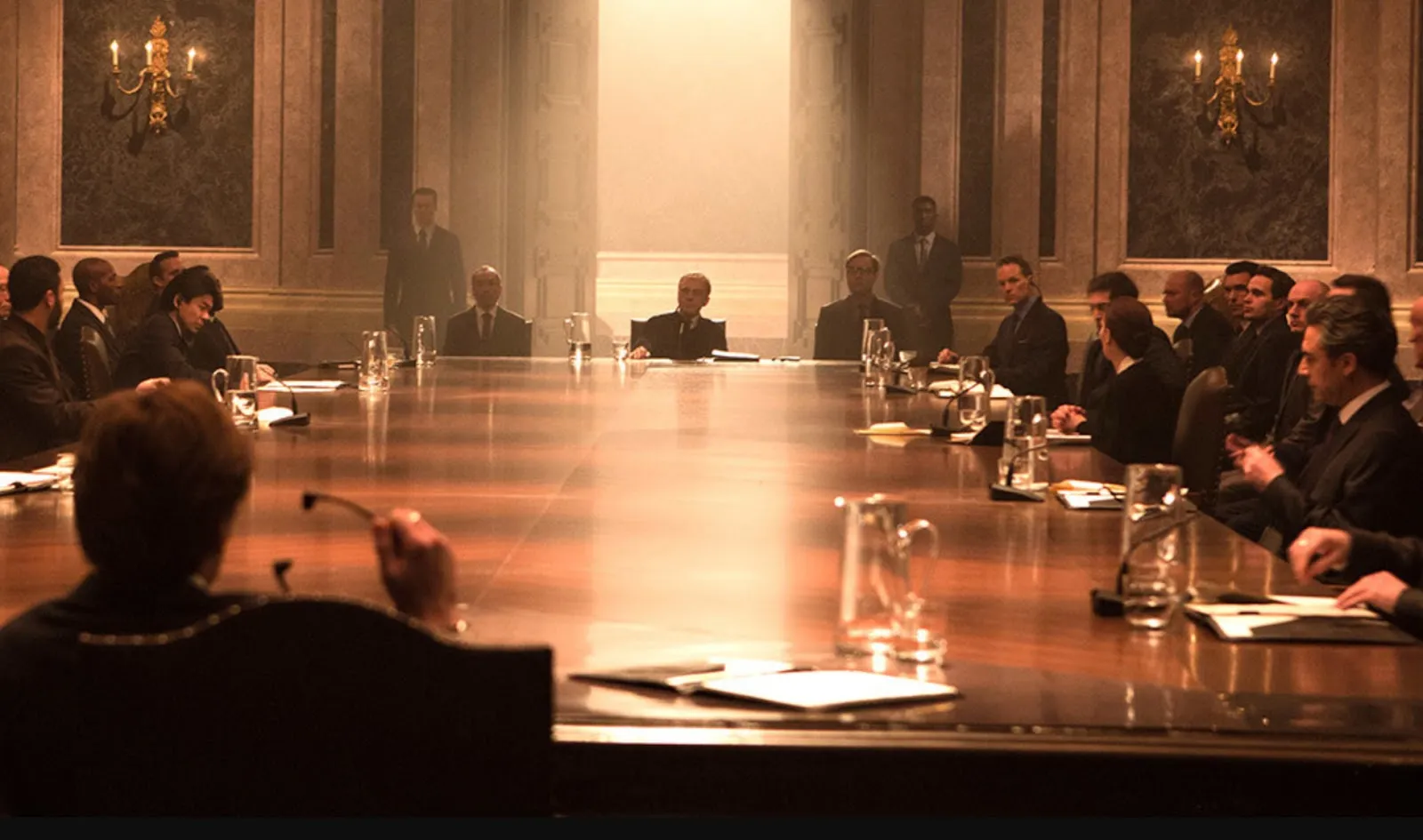
Spectre (2015)
The title is a reference to Bond’s original enemy from Dr. No and, arguably, his most enduring, Spectre: the Special Executive for Counter-intelligence, Terrorism, Revenge, and Extortion. Director Sam Mendez told Empire that he believed Bond’s final lines in the movie - ‘I’ve got something better to do’ - were also a farewell from Craig. In fact, everyone thought this would be Craig’s last outing as Bond - including Craig, according to the star’s TimeOut interview. What changed his mind? Craig told Games Radar that he felt there was a story that needed to be finished regarding Bond’s ties to Vesper Lynd and Spectre.
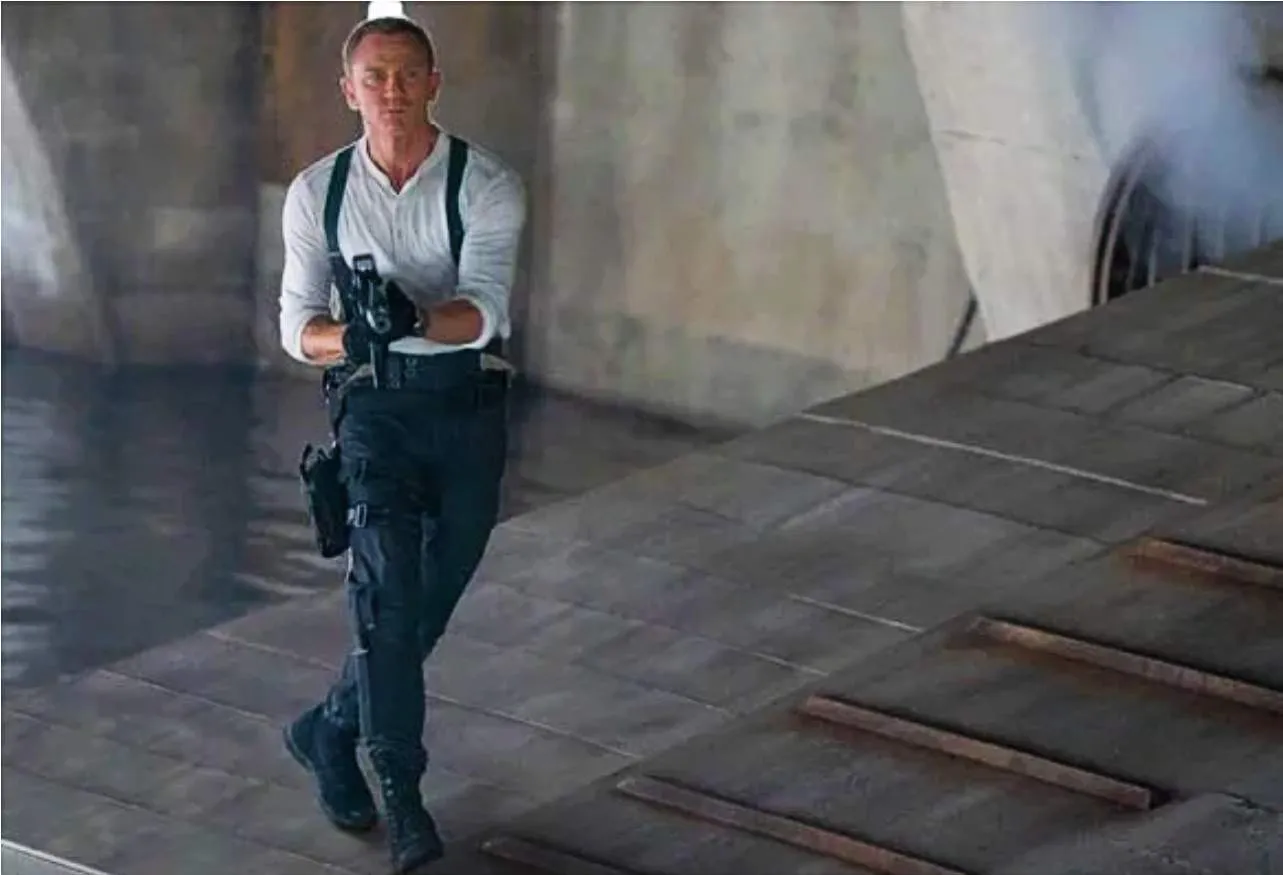
No Time to Die (2021)
No Time to Die was not just Craig’s final appearance, it was the 25th installment in EON’s James Bond series. In honor of the occasion, Easter eggs were hidden throughout the film paying homage to past 007 movies. For example, the retired 00 lives in Jamaica, a popular filming location for Dr. No, Live and Let Die, and the novel The Man With the Golden Gun. At MI6 headquarters, you can glimpse portraits of three of Ralph Feinnes' predecessors as M: Dame Judi Dench, Bernard Lee, and Robert Brown. According to filmmaker Cary Joji Fukunaga, elements of On Her Majesty’s Secret Service are also incorporated into No Time to Die. As we see Bond and Madeleine once again, we hear a reprise of John Barry's romantic We Have All the Time in the World (James Bond's Theme), a song that takes its title from Bond's parting words to his slain wife Tracy in OHMSS.
SPYSCAPE+

Join now to get True Spies episodes early and ad-free every week, plus subscriber-only Debriefs and Q&As to bring you closer to your favorite spies and stories from the show. You’ll also get our exclusive series The Razumov Files and The Great James Bond Car Robbery!


Gadgets & Gifts
Explore a world of secrets together. Navigate through interactive exhibits and missions to discover your spy roles.
Your Spy Skills
We all have valuable spy skills - your mission is to discover yours. See if you have what it takes to be a secret agent, with our authentic spy skills evaluation* developed by a former Head of Training at British Intelligence. It's FREE so share & compare with friends now!
* Find more information about the scientific methods behind the evaluation here.


Stay Connected
Follow us for the latest
TIKTOK
INSTAGRAM
X
FACEBOOK
YOUTUBE